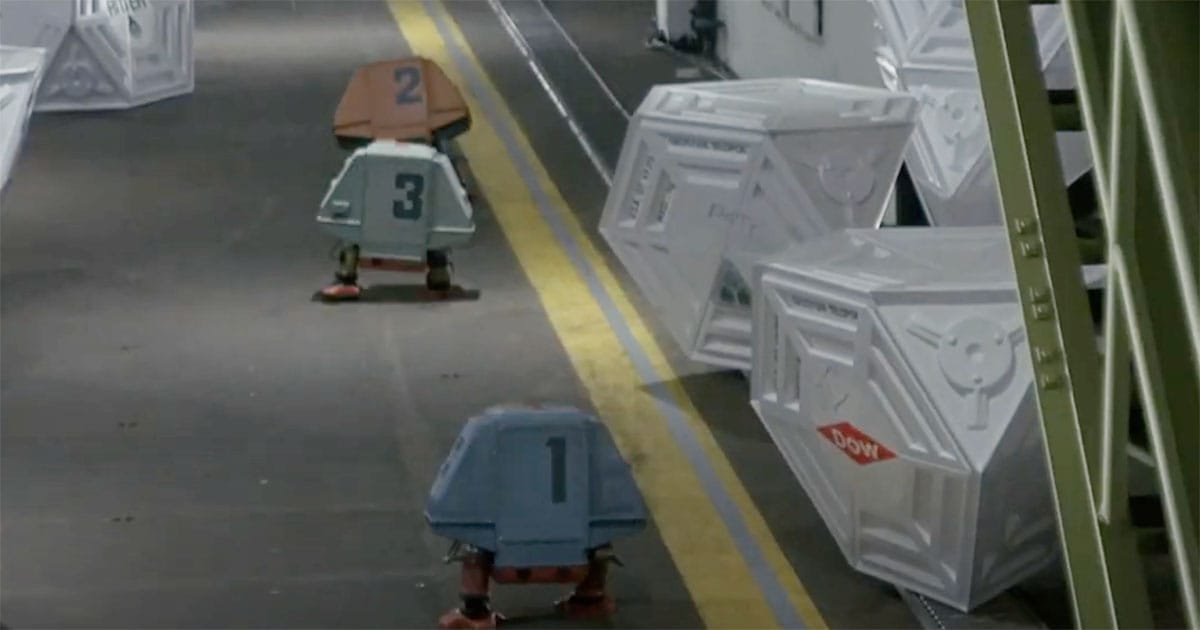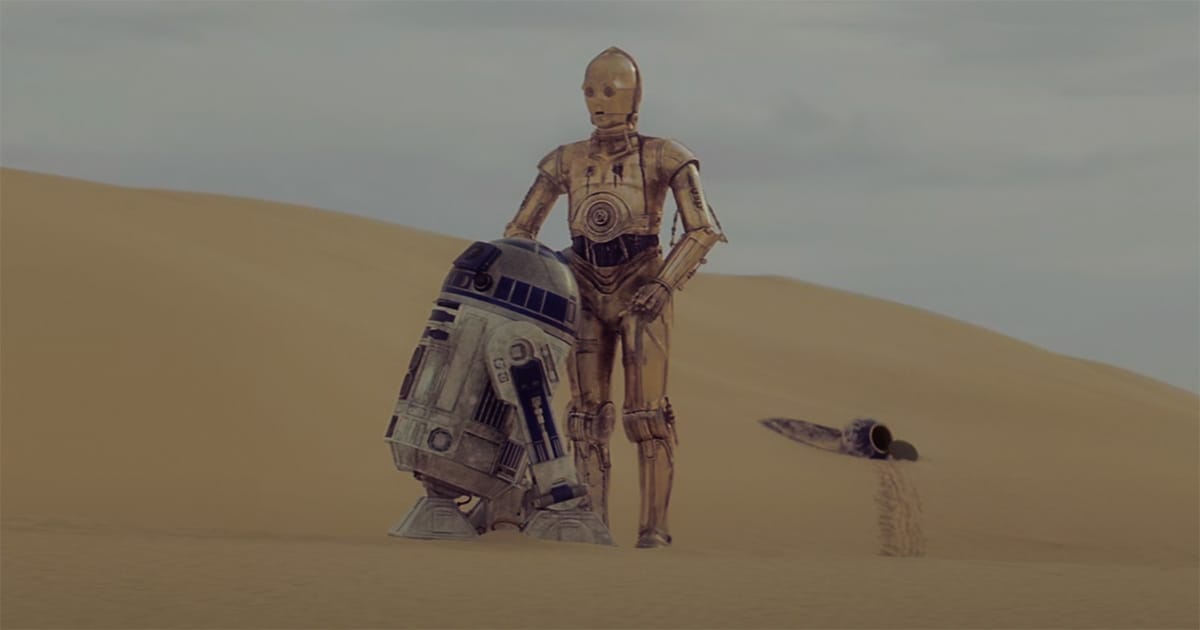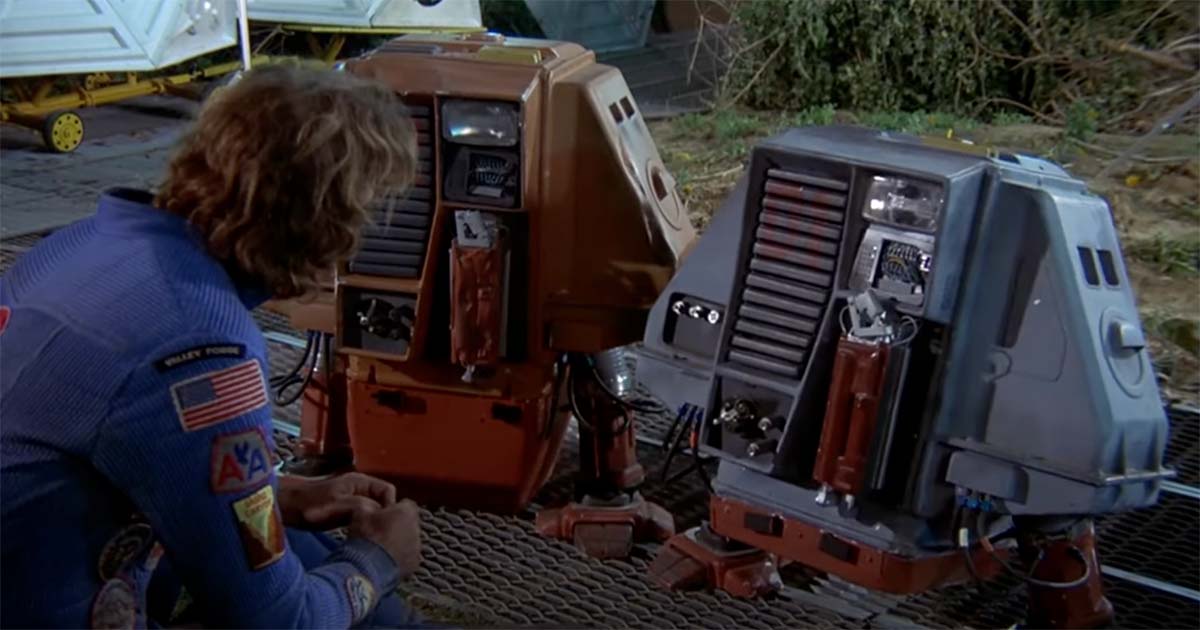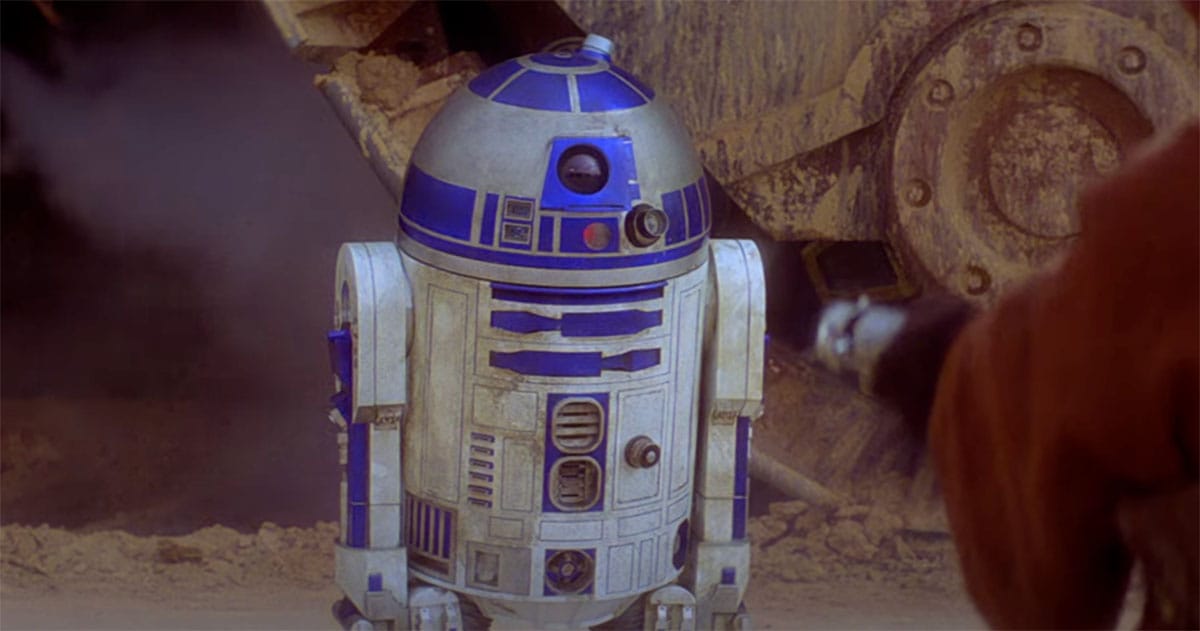Star Wars Droids Echo Silent Running
Discover how the expressive service drones in "Silent Running" influenced the creation of R2-D2 and C-3PO in "Star Wars," linking two iconic sci-fi films through mechanical character evolution.

Before the Millennium Falcon made the Kessel Run, before Darth Vader marched across the Death Star, and long before R2-D2 rolled his way into our collective imaginations, there were three small robots tending space-bound forests in the 1972 film "Silent Running." Their names were Huey, Dewey, and Louie, and their quiet legacy may be one of the most overlooked but significant influences on "Star Wars."
Douglas Trumbull's "Silent Running" arrived at a time when American science fiction was shifting from atomic anxieties to ecological concerns. The film, which follows botanist Freeman Lowell aboard a spaceship carrying the last remnants of Earth's forests, uses its trio of drones not just for utility but for character. Operated by amputee actors in costumes, the drones were expressive, sympathetic, and heartbreakingly loyal — a far cry from the cold, calculating machines seen in earlier films like "2001: A Space Odyssey."

George Lucas, developing "Star Wars" just a few years later, recognized the emotional potential of such mechanical companions. R2-D2 and C-3PO owe a direct debt to Trumbull's drones. While the physical resemblance is minimal — R2-D2 is a domed astromech and C-3PO a humanoid protocol droid — the conceptual lineage is clear. Like Huey, Dewey, and Louie, R2-D2 is non-verbal yet expressive, capable of humor and heroism. C-3PO, by contrast, adds a verbal counterbalance, creating a duo dynamic inspired more by classic Hollywood comedy than silent sci-fi.

But the link isn't just about personality. It's about perspective. In "Silent Running," the drones aren't sidekicks — they're companions. They help Freeman Lowell preserve life. In "Star Wars," R2-D2 and C-3PO aren't background tech; they're central to the narrative, often carrying the story forward when the human characters falter. Lucas wasn't merely borrowing an idea — he was expanding it. He made the droids witnesses to galactic history, from the sands of Tatooine to the throne room on Endor.
What this connection underscores is the evolution of how science fiction treats machines. Trumbull gave us a glimpse of machines with emotional depth. Lucas made them family. This wasn't just a narrative shift. It was a cultural one. As Americans adjusted to increasing automation and began to live with machines in everyday life, science fiction showed them that these tools could be more than cold steel — they could be companions, even heroes.

So the next time you watch "Star Wars" and see R2-D2's gleaming dome tilt in concern or hear C-3PO nervously translate a warning, remember the quiet trio from "Silent Running." In their own way, they planted the seeds for one of the most beloved pairings in cinematic history.
And like all good seeds, their influence grew — across galaxies.

